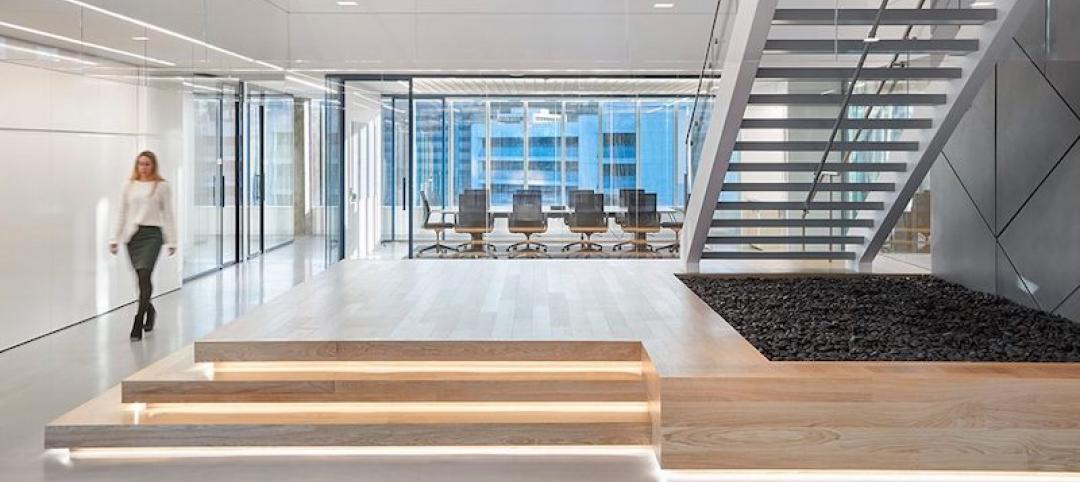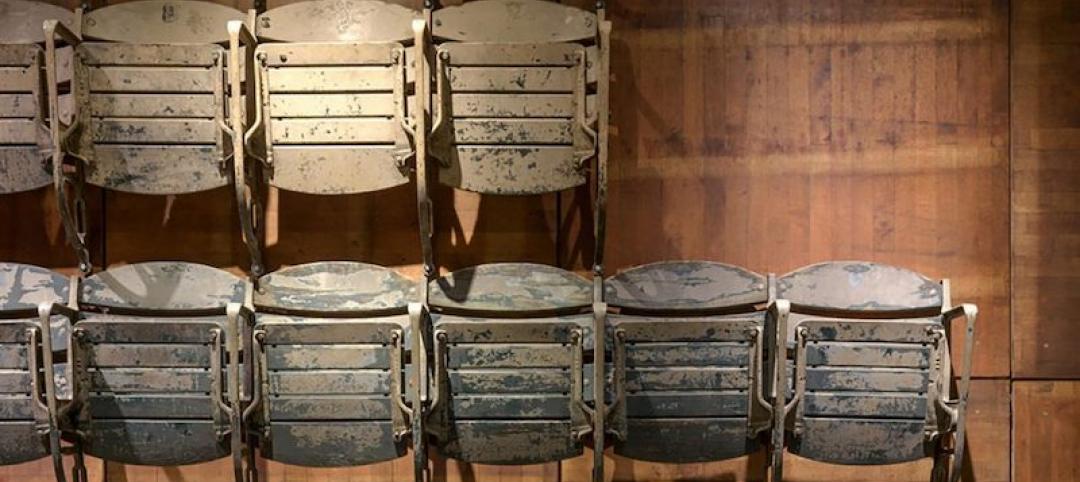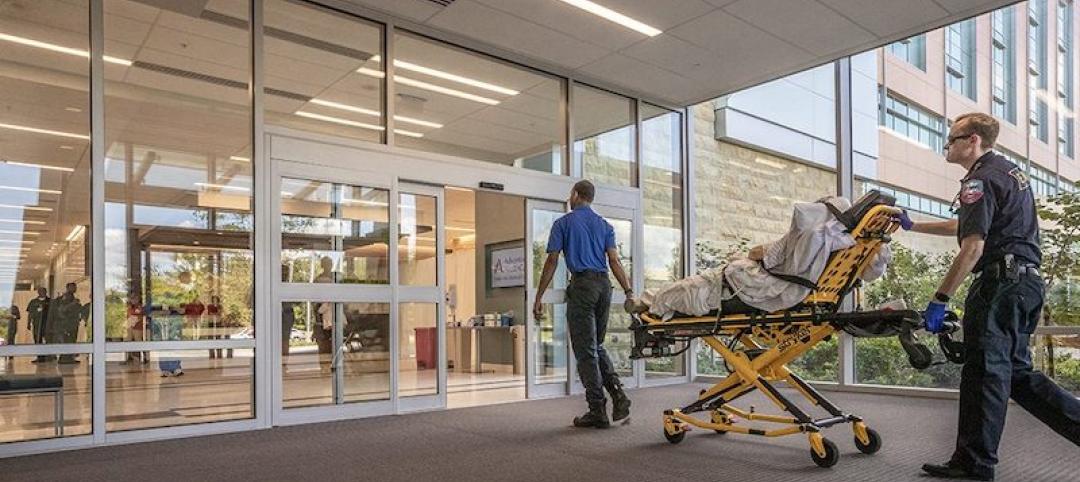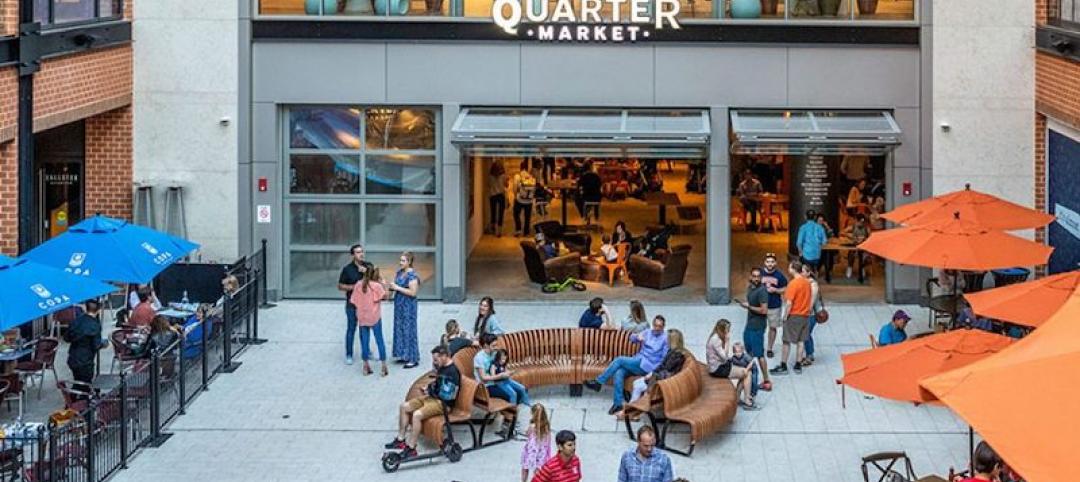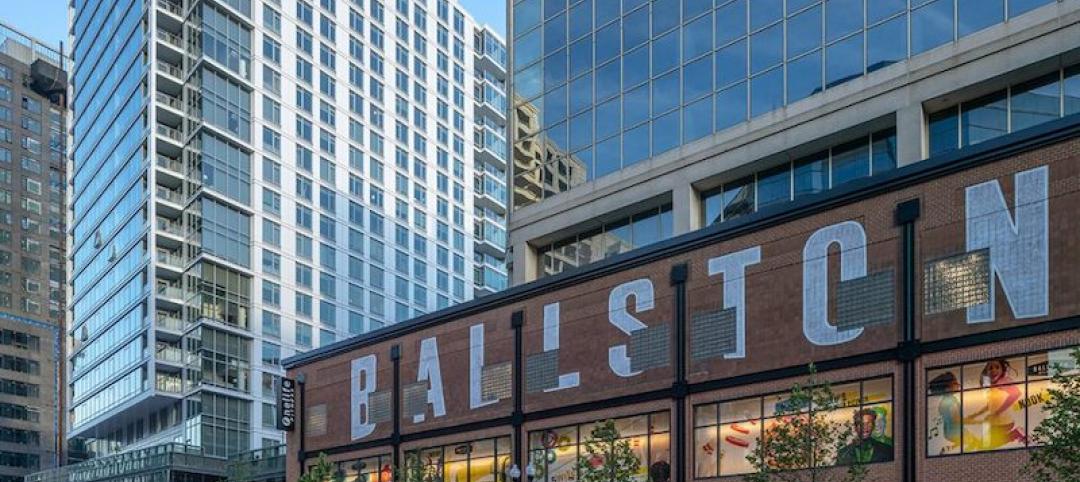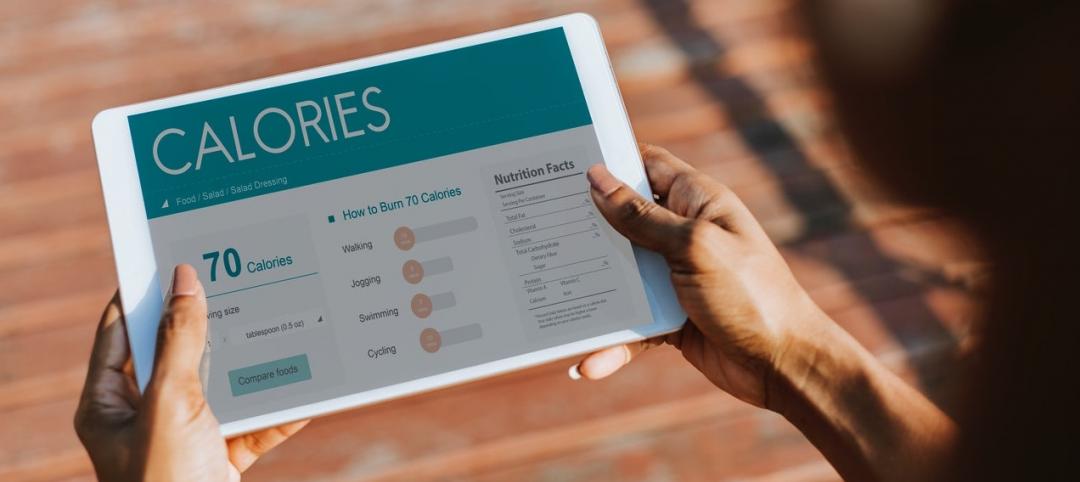Mental health issues no longer carry the stigma that they once did. Awareness campaigns and new research have helped bring our understanding of the brain—and how to design for its heath—into the 21st century. In recent years, the design industry has learned exactly how big an impact physical environments have on patient outcomes and staff productivity, especially in mental health facilities. We’ve moved away from solely focusing on seclusion, security and safety to designing welcoming, holistic environments that promote emotional, physical and psychological wellbeing. This means implementing biophilic practices, choosing patient-centered care as opposed to control-focused care and creating a healing space while still adopting the needed safety and security factors.
These trends have led to the idea of creating mental health facilities that resemble neighborhoods rather than sterile wards. Flexible care models allow hospital systems to provide connectivity and comfort for patients, while easing communication and wayfinding for visitors and staff. Centered around “main streets,” these neighborhoods promote interaction between patients, staff, visitors and family members, keeping individual wards from becoming isolated.
Of course, patient health and safety is still paramount. So while designing these welcoming facilities, we have to think about how to best ensure the facility’s security while maintaining the comfort and dignity of patients. This can be done through unobstructed and unrestricted sightlines.
One example of this approach is the CallisonRTKL-designed Al Wakra Psychiatric Hospital in Qatar. Using a neighborhood connectivity approached, CRTKL created a 65,000-SM space with 14 mental health wards and outpatient and inpatient pavilions that more closely resemble a community than a hospital.
Al Wakra’s “main street” unfolds to allow light to filter between the wards, and building blocks of the program are pulled apart to allow natural light. The team also introduced outdoor courtyards that provide patients with a space for reflection in a serene environment. The space acts as a non-institutional design solution that benefits all of its users in unique ways.
Paying homage to Qatar’s National Vision 2030, CallisonRTKL focused heavily on sustainability in the design of the hospital. Al Wakra aligns with Qatar’s goal of improving the health of the population by meeting the three facets of environmental, social and economic sustainability.
The result for the new Al Wakra Psychiatric Hospital combines aesthetics, performance and functionality while providing both staff and patients with personal, secure and non-institutional experiences.
Steve Stokes brings more than 25 years of comprehensive healthcare design and planning experience to the team. Throughout his career Steve has worked on conceptual design, building design, master planning and programming projects. His skill set lies in working with clients to achieve their built needs, while applying his attention to detail and his critical design eye to achieve the best outcome.
More from Author
CallisonRTKL | Dec 20, 2021
Digital nomads are influencing design
As our spaces continue to adapt to our future needs, we’ll likely see more collaborative, communal zones where people can relax, shop, and work.
CallisonRTKL | Jun 30, 2020
The great reset and our new work life
As many countries begin to return to the office, it’s a chance to ask ourselves: what do we truly value?
CallisonRTKL | May 4, 2020
How working from home is influencing design
The lessons learned in the next few months can help shape how we work and design in the future. For now, remote work is different – and our new normal.
CallisonRTKL | Feb 26, 2020
Sustainability in a material world
The concepts of embodied carbon, zero waste, and deconstruction and reuse often run on parallel tracks.
CallisonRTKL | Jan 30, 2020
The complex dance of healthcare transitioning
Hospital employees, though excited about technological advancements, are expected to navigate a new workplace and care for their patients at the same time, all while training on new equipment and navigating a new building.
CallisonRTKL | Jan 6, 2020
Retail re-invention: Five questions to ask
Why have some malls survived their long-predicted demise, thriving and bumping with new generations of shoppers, while others have been relegated to the ash heap of deadmalls.com?
CallisonRTKL | Aug 6, 2019
Saving the American mall in 5 steps
CallisonRTKL Vice President Marc Fairbrother explains how struggling American malls can turn it all around.
CallisonRTKL | May 29, 2019
Smart buildings can optimize wellness
Employees want wellness initiatives built into their work experience, especially when they’re in spaces that can leave them feeling stiff, stressed, and sick.
CallisonRTKL | Apr 5, 2019
2019 trends in the workplace
From retention and career advancement to the ethics of inclusion and diversity, these five trends will play a major role this year in design, strategic planning and workplace development.
CallisonRTKL | Jan 28, 2019
9 tech trends to track in 2019
Innovations in voice recognition, cognitive neuroscience, and biometrics are among the trending tech topics for 2019, according to CallisonRTKL's Kristin Tilley.




